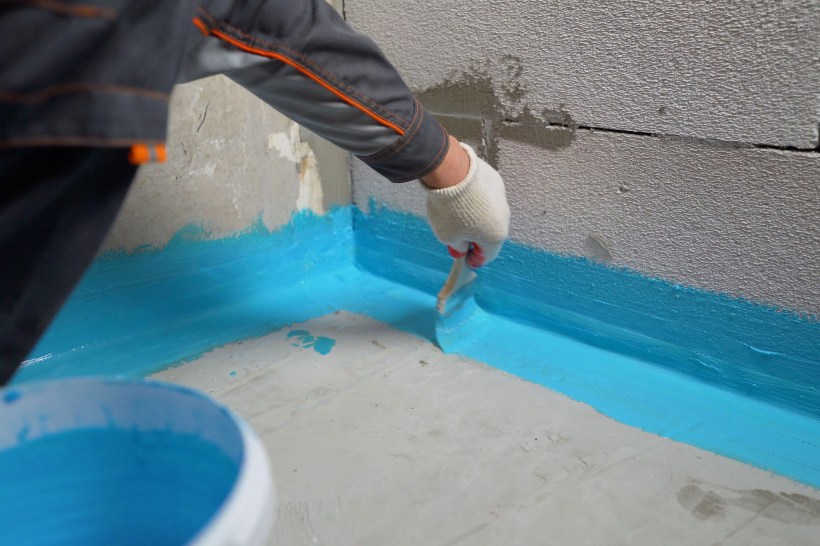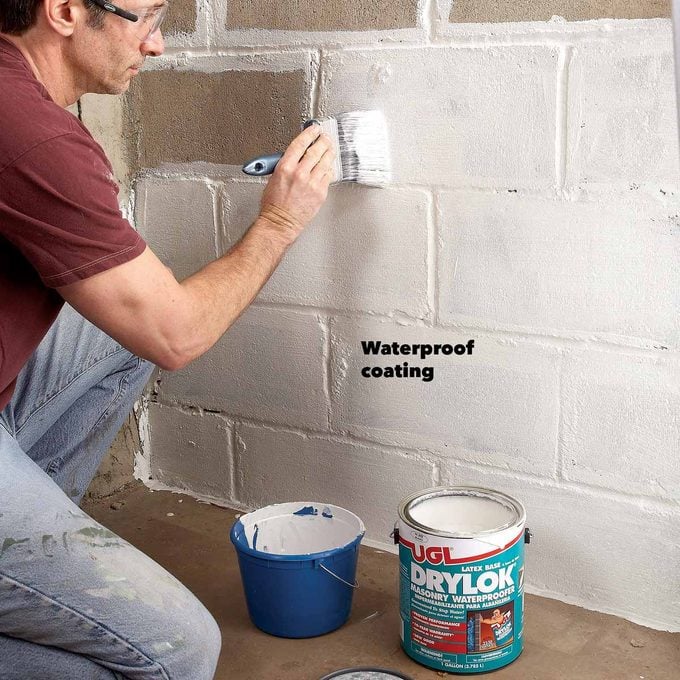Some Of Waterproofing Auckland
Table of ContentsIndicators on Waterproofing Auckland You Need To KnowAll About Waterproofing AucklandGetting The Waterproofing Auckland To WorkIndicators on Waterproofing Auckland You Need To KnowUnknown Facts About Waterproofing AucklandThe Only Guide for Waterproofing Auckland
Waterproofing structures is the technique of developing a barrier over surface areas of structures, roof coverings, wall surfaces as well as various other architectural participants of buildings to avoid water penetrations with these surfaces. In summary, building surface areas are made waterproof and also water resistant. Research study has shown that waterproofing only accounts for 1% of a structure's building and construction expenses but when neglected, it can be responsible for practically 90% of the damage.
Therefore, you need to make certain that you obtain the best kinds of waterproofing products for your unique needs. To help you in the selection procedure, below are the 5 kinds of waterproofing in construction: Cementitious waterproofing items are considered as the most convenient waterproofing materials to make use of. These are conveniently available from suppliers of stonework products like, and they're very easy to mix and also apply.
Polyurethane liquid membrane layer method of waterproofing is generally utilized for the flat roof location and subjected to weathering. This sort of waterproofing material is extremely sensitive to wetness web content present. Therefore, before application, it is essential to be extra mindful in assessing the dampness content of the concrete slab, otherwise peeling off or de-bonding of membranes might take place after some time.
It supplies extra adaptability than the cementitious kinds of waterproofing. At the end of the day, there are lots of unique types of waterproofing materials in the market.
The Only Guide for Waterproofing Auckland
Exactly how does cellar waterproofing work? Interior cellar waterproofing works by resolving water seepage where it manifests itself inside. After completely analyzing any leak-prone inner areas, employees produce a trench in the basement floor that runs alongside the afflicted location. They place a drainage system in this trench, routing water away from the cellar interior, and also seal the trench with concrete to recover the look of the initial foundation flooring.

Outside cellar waterproofing strategies minimize this pressure by rerouting water right into a gravel-covered ground drainpipe, which carries it far from your house. While both methods of cellar waterproofing work well, they fix the trouble in different methods. Inside basement waterproofing remains a preferred option as a result of its comparatively affordable price point, while exterior cellar waterproofing benefits homeowners who prefer to stay clear of indoor building job.
Get in touch with us today to get more information concerning the cellar waterproofing job we perform for Georgia home owners.
Waterproofing Auckland Fundamentals Explained
Inside locations of our residence need to be maintained completely dry from roof covering to cellar. Waterproofing the house prior to building and construction will prevent these issues. If you waterproof your house, it will certainly avoid damages later.
It is also important for the accuracy of the building. Depending on the degree of water damages or proprietor choice, waterproofing systems can be installed indoors or outdoors.
Initially, the poly acrylic chemical solution is prepared which is used to secure the damage or leakage on the wall surface as well as terrace which will be a solid waterproof base in addition to protect and also protect the strength of any type of structure. This is done by a highly educated professional group. You need to make certain that high-quality items are made use of visit their website for the treatment.
The final action is to place 2 coats of poly acrylic chemical with white concrete externally. is excellent for buildings and also frameworks that are currently having leakage or damage in addition to for brand-new structures to stay clear of leakage in future. This process assists in preserving the life as well as quality of the building and guarantees that there is no damage to the structure due to the rains.
Some Ideas on Waterproofing Auckland You Need To Know

Apply a thick cement slurry concrete the surface of surface area slab. Over this coat, use a finishing coat from this source with concrete sand mortar 1:4 and also water-proofing compound as per the layout.
Make an edge between the parapet as well as the sloping piece on the second day. Cure this waterproofing for fifteen days, with damp gunny bags spread out over it.
Some Ideas on Waterproofing Auckland You Need To Know
Check the thickness of the Shahbad floor tiles. It should be between 32mm to 40mm (1 1/4 to 1 1/2). Preserve the break joint pattern while fixing the Shahabad ceramic tiles for the base. After dealing with the Shahabad ceramic tiles, grout the joints with cement slurry entirely. Seal the joints between the Shahabad ceramic tiles with the aid of C.M.
For the basement, the provision of seamless gutter and also sump is made in P.C.C. itself and also Shahabad base is also prepared in the very same style. The seamless gutter is provided a correct incline towards the sump. This stipulation is a safety net versus the occasional entry of rain in the basement. Over the plastered Shahabad base, plethora piece is cast and also the R.C.C.
Rough Shahbad ceramic tiles are then fixed to the upright pardi from the outside. Apply cool concrete paste on look what i found the 4 edges and in the center of the 25mm (1) Shahabad ceramic tile, Press this ceramic tile strongly over the R.C.C. pardi in line and level. At one time, repair only an elevation of 1.
Examine This Report on Waterproofing Auckland
full of concrete slurry as well as say goodbye to slurry is soaked up. Treat it for at the very least seven days, a minimum of 10 times a day. After curing, give the final jointless water resistant plaster layer in C.M. 1:4 over the harsh Shahabad. The entire process stated above types a box around the framework and also does not allow any kind of water to permeate through or leak from the cellar.